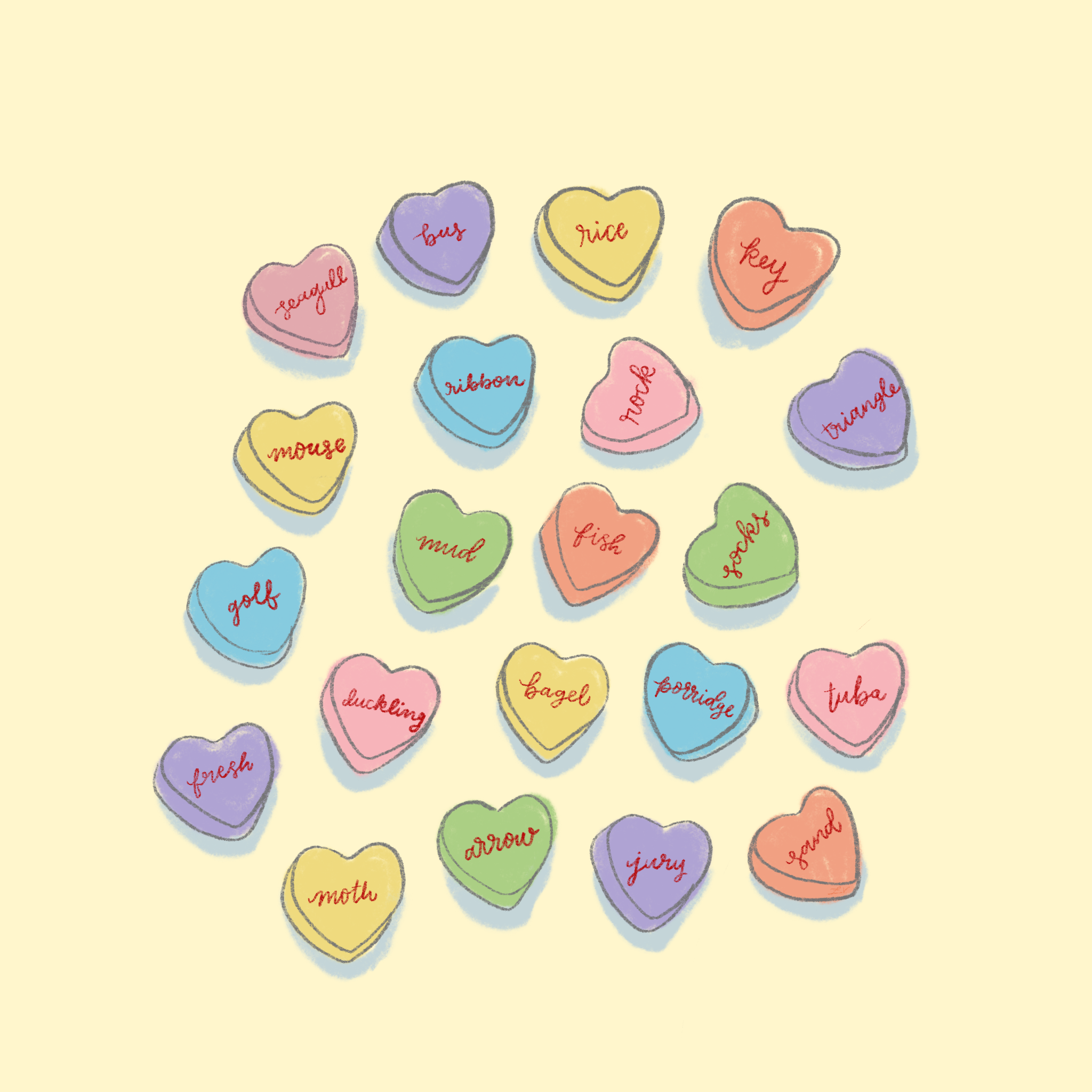
Zahra Virani
The word outlines has, over the past few weeks, been consistently on my mind. It is a simple noun, composed of only two short syllables — a cadence limited to two abrupt beats. But in it, still, there exists almost an expansiveness — a contained sense of possibility and a receptiveness to change — that is entirely unique.
It begins with an out. A harsh word, demanding attention. Delineating the margins of its subject — a plan, a picture, a person — the noun immediately establishes an interior and an exterior: an in and an out. It marks a distinction between these two worlds, offering a parameter, an individuality almost, to the figure that it contains. But these borders are only lines.
Lines are flimsy and fluid. They are rough sketches and bullet points and coarse marks made by a flattening pencil, pressed precariously against the page. They are the initial thoughts — uncertain opinions and eclectic questions, ready to be prodded, altered, erased and moved. Lines are subject to revision.
And so, the in and the out become faded. Bleeding into one another, the content contained within these two worlds is too changing — moving, constantly. It is uncertain of itself, but still struggling, trying to find its features. It plays within the margins of the in and the out, exploring and adding and subtracting: messy.
I like this imperfection. I like this sense of fluidity and uncertainty and compulsive chaos, contained and yet continuing to play with the parameters of the lines. An outline stretches across the defined and the undefined, in a manner particular to itself.
To live in outlines is to embrace this fluidity and to simply accept the lack of a stable definition. It is to consider oneself as an aggregate of moments and memories — of individual instances and maintained habits — each building upon one another. It is to allow for revision and exploration — to jump unknowingly into an uncertain messiness — knowing that it’s all going to turn out ok.







